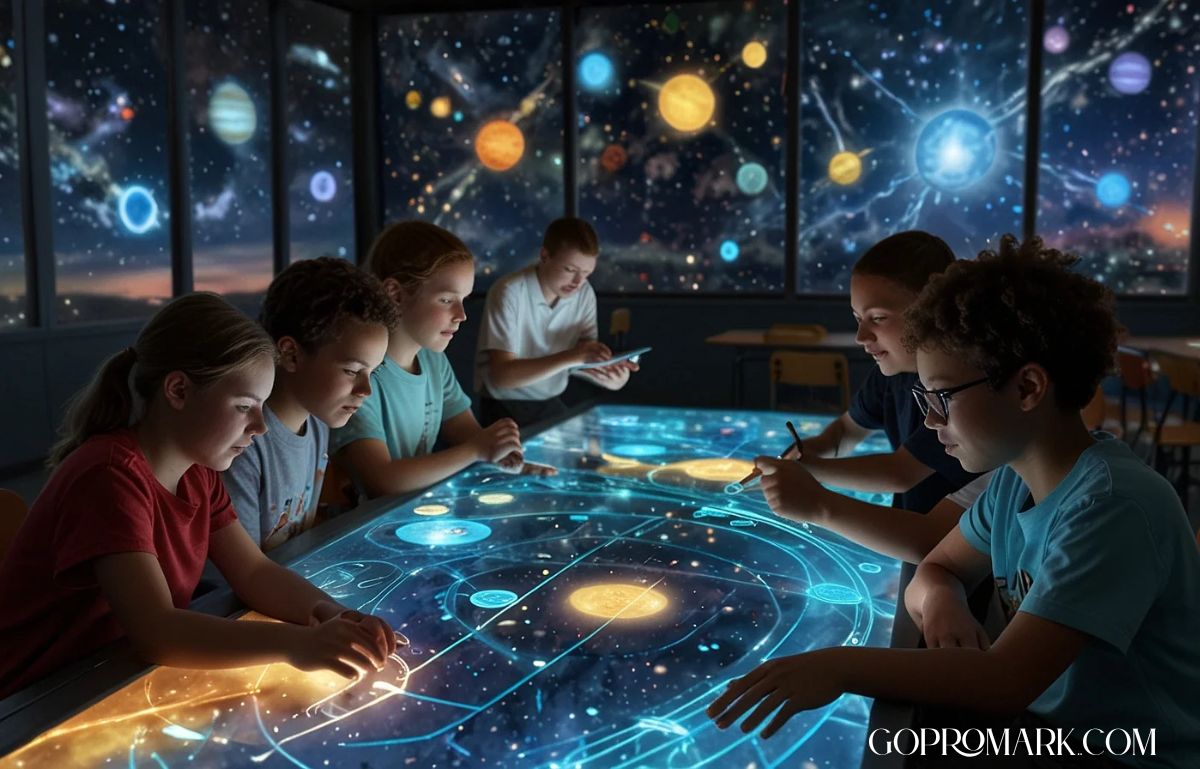In the fast-paced world of digital transformation, Classroom 20x represents the next step in modern learning environments. It’s more than just a technological upgrade — it’s a comprehensive shift in how teachers deliver lessons, students engage with content, and education adapts to a rapidly changing world. By integrating advanced tools, interactive methods, and personalized learning approaches, Classroom 20x is shaping a future where classrooms are not confined to four walls but expand into a limitless global network.
Understanding Classroom 20x
Classroom 20x is not a single piece of technology or a fixed curriculum. Instead, it’s a concept that combines innovation, collaboration, and adaptability. It draws inspiration from Web 2.0 principles — where interactivity and user-generated content became central — and applies them to education. This model emphasizes digital learning platforms, student-centered teaching, and the ability to integrate real-world experiences into daily lessons.
Key Features of Classroom 20x
The defining elements of Classroom 20x can be broken into several core features:
Advanced Technology Integration
From interactive smart boards to AI-powered learning assistants, technology is the backbone of Classroom 20x. Students use laptops, tablets, and VR headsets to explore subjects in immersive ways. Teachers can instantly access online resources, track student progress, and provide real-time feedback.
Personalized Learning Paths
Traditional education often follows a one-size-fits-all model, but Classroom 20x embraces customization. AI and data analytics help educators tailor lessons to each student’s pace, strengths, and areas for improvement, ensuring no learner is left behind.
Global Collaboration
Through video conferencing, cloud-based projects, and multilingual platforms, students in a Classroom 20x setting can work with peers across the globe. This fosters cultural understanding, teamwork skills, and exposure to different perspectives.
Interactive & Gamified Learning
Gamification makes education more engaging. In Classroom 20x, subjects are often turned into interactive challenges, points systems, and rewards that motivate students to actively participate.
The Role of Teachers in Classroom 20x
In a environment, the role of the teacher evolves from being the sole source of information to becoming a guide, facilitator, and mentor. Teachers curate content, manage discussions, and help students navigate complex problems. Technology handles repetitive grading and administrative tasks, freeing up educators to focus on deeper engagement with learners.
Benefits of Classroom 20x
The model offers several advantages over traditional learning systems:
-
Increased Engagement – Interactive tools keep students motivated and attentive.
-
Better Accessibility – Online materials and recorded lessons help students review content anytime.
-
Skill Development – Students learn essential 21st-century skills like critical thinking, digital literacy, and global communication.
-
Real-World Relevance – Lessons often connect to real-life problems, preparing students for future challenges.
Challenges in Implementing Classroom 20x
While is promising, it comes with challenges:
-
Digital Divide – Not all students have equal access to devices and internet connectivity.
-
Teacher Training – Educators must be equipped with digital skills to maximize the potential of new tools.
-
Cost and Infrastructure – High-tech classrooms require significant investment.
-
Information Overload – Too many resources can sometimes overwhelm students.
The Future of Classroom 20x
The future of is likely to include even more integration of emerging technologies like artificial intelligence, virtual reality, and blockchain credentials. Education will continue to shift towards hybrid learning models where physical classrooms and online platforms work seamlessly together. Students may soon have AI tutors available 24/7, and virtual field trips to historical sites, laboratories, and even space could become a regular part of the curriculum.
How to Transition to Classroom 20x
For schools and institutions aiming to adopt the model, the following steps can help:
-
Assess Current Capabilities – Evaluate technology infrastructure, teacher readiness, and student needs.
-
Invest in Professional Development – Train teachers in using educational technology effectively.
-
Start Small – Introduce tools gradually to ensure smooth adaptation.
-
Encourage Feedback – Students and teachers should have a voice in shaping the learning experience.
-
Prioritize Inclusion – Ensure all students have equal access to resources.
Case Studies of Classroom 20x in Action
-
Urban High Schools in the U.S. – Some have implemented AI-based grading systems and VR science labs, resulting in a 20% increase in student engagement.
-
Rural Communities in Asia – Mobile learning buses equipped with tools bring education to remote areas, reducing dropout rates.
-
International Schools – Institutions using global collaboration projects report improved cultural awareness and communication skills in students.
Conclusion
Classroom 20x is more than a technological trend — it’s a transformative approach to education that aligns with the needs of the modern world. By blending innovation with inclusivity, it has the power to create a learning environment where every student can thrive. While challenges remain, the potential for a smarter, more connected, and more personalized education system is within reach. The journey toward may be complex, but it is an investment in the future of learning.
